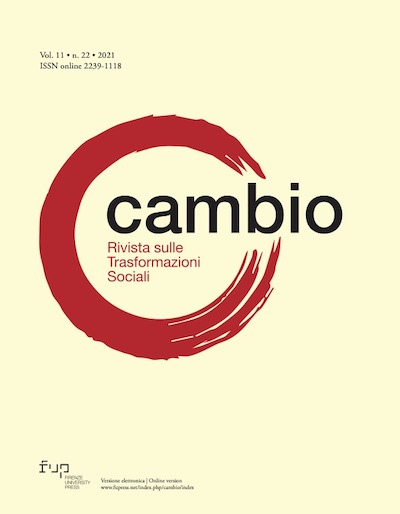Published 2022-08-03
Keywords
- housing affordability,
- newcomers,
- inequalities,
- young people,
- housing vulnerability
How to Cite
Abstract
The conversion of the urban economy in a creative and knowledge industry dimension required a strong strategic investment in improving the attractiveness of cities, focusing, above all, on young talents. Such a process happened without considering the distance between high cultural capital and low economic capital of this population which, from the housing point of view, translates into extreme fragility, showing the issue of affordability in all its contradictions. The outbreak of the pandemic has exposed social and housing weakness of young talents who represent the new urban vulnerability of post-industrial cities. The paper is based on empirical research carried out during the first lockdown on a sample of newcomer families residing in Milan since less than 5 years, aimed at understanding how this population experienced the emergency phase between 30 April and 24 May 2020. The results highlight aspects of economic fragility and social isolation due to the lack of social networks in the neighborhood. At the same time, however, in times of crisis there is a significant increase of relationships, interactions and exchanges between subjects, more likely to create or enhance a sense of intersubjective solidarity. Furthermore, for many new residents the experience of confinement in the attractive city triggered a process of change of future residential preferences, assuming new possible scenarios in the postpandemic city.


